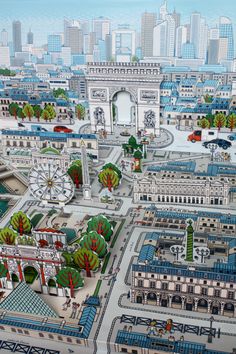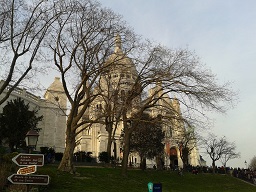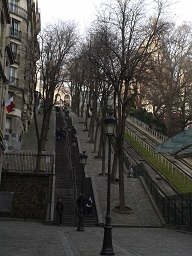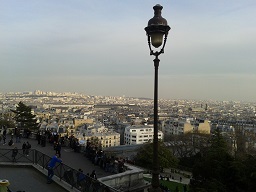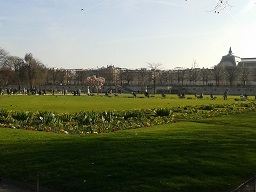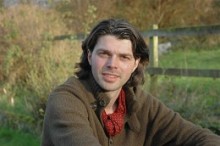Still too busy with our house-guests to be able to do my customary end-of-month reading round-up, but on this last sun-dappled day of October, I’m looking ahead to November reading, but not forward to November weather.
November is German Literature Month – now in its fourth edition, jointly hosted by lovely bloggers Lizzy Siddal and Caroline from Beauty Is a Sleeping Cat. This time, instead of merely admiring from the sidelines, I will take part, although perhaps in a somewhat more relaxed and unconventional form.
I have a number of books in German or in translation on my shelves which I really must get around to reading, so that’s my top priority. However, I will also try to fit in with some of the challenges.
1) A work that is not a novel:
Edda Ziegler : Verboten Verfemt Vertrieben – a book about women writers who resisted the rise of National-Socialism in Germany. Some of them I’ve heard of (Anna Seghers, Veza Canetti, Else Lasker-Schüler), others are completely new to me.
2) Work by an award winner:
Bernhard Schlink: Liebesfluchten (translated as Flights of Love)
Winner of multiple awards and of course famous for his novel ‘The Reader’. What makes him even more interesting in my eyes is that he started out as a crime fiction writer.
Alois Hotschnig: Maybe This Time (translated by Tess Lewis)
Short story collection by this Austrian writer, winner of the Erich Fried Prize (small but prestigious Austrian literary prize).
3) A work relating to GDR or the Fall of the Wall:
Hester Vaizey: Born in the GDR: Living in the Shadow of the Wall
This one doesn’t quite fulfill the criteria (i.e. it was not written in German, although the interviews were conducted in German), but it is so compelling. The real life stories of eight East German citizens of the Unification Generation, caught up in the transition between Communism and Capitalism. How do they remember the GDR 25 years later?
4) A work written by or about Joseph Roth:
Another bit of judicious cheating here, as it’s just two very short stories by Joseph Roth in the beautiful collection of ‘Vienna Tales’, translated by Deborah Holmes, edited by Helen Constantine.
5) Read a recommendation from German Literature Month Editions 1-3
Friedrich Dürenmatt: Der Verdacht
Having reread The Judge and His Hangman recently, I want to reacquaint myself with this second post-modernist or existentialist crime novel featuring Inspector Bärlach.
I hope I’m not stretching myself too far, especially since I also have some other commitments. I have a few French books which I borrowed from the library and which I need to finish (around the theme of ‘male midlife crisis’). I’ll be reviewing and interviewing new authors for Crime Fiction Lover’s New Talent in November feature. Oh, and I may also have to do some ‘real’ work occasionally. (Or should that be ‘paid’ work, as this book malarkey feels much more real to me?)















